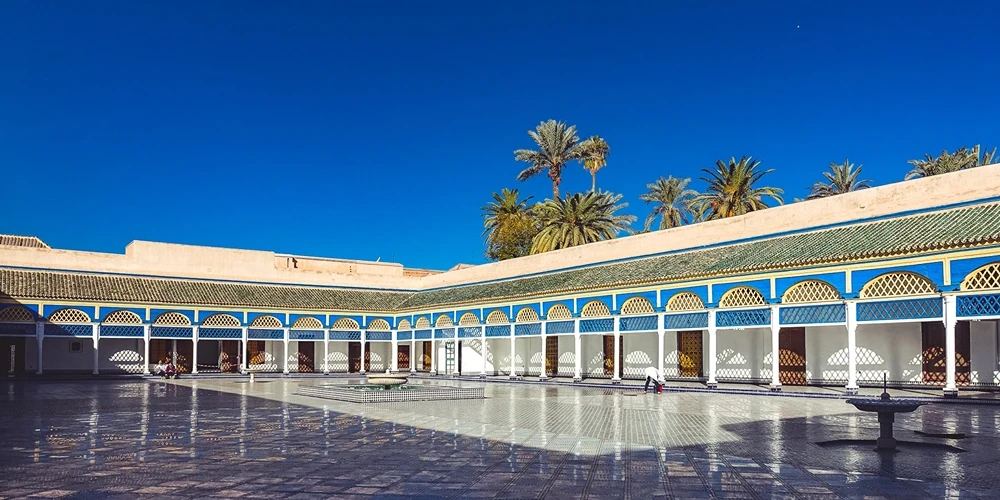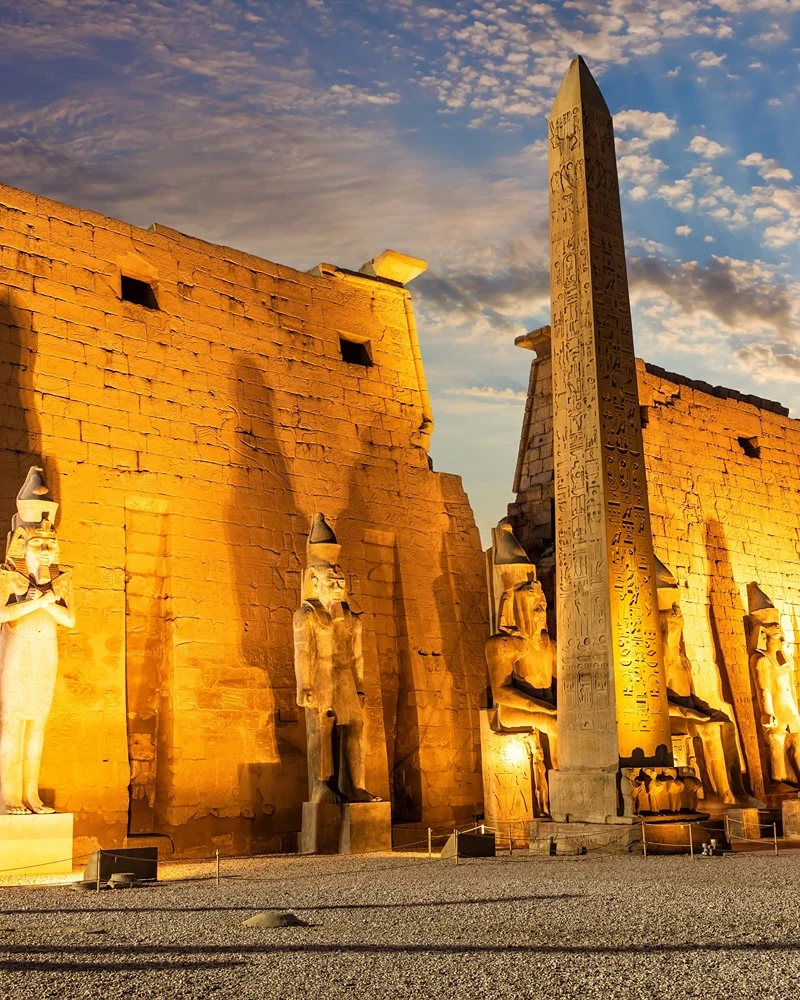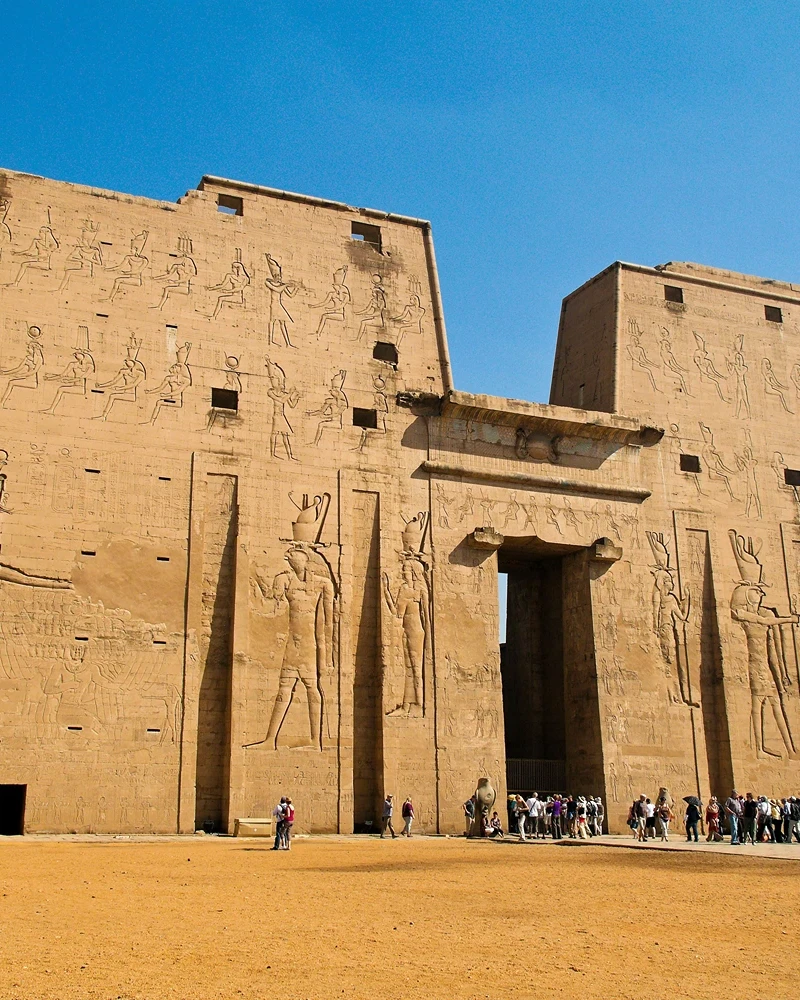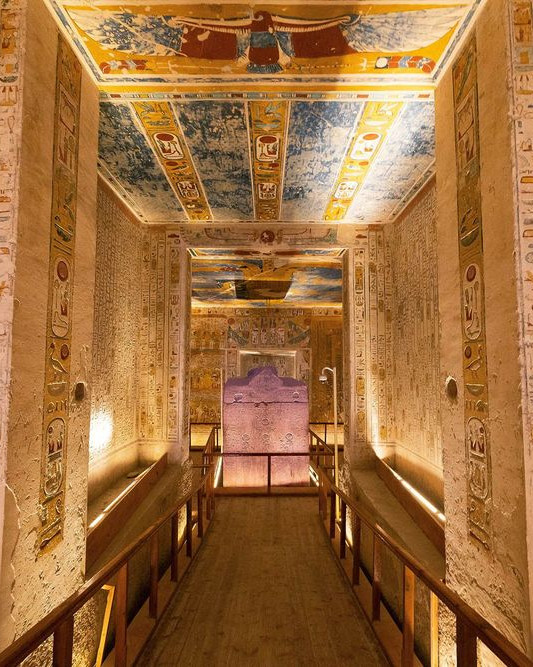Have you ever wondered what secrets lie within the walls of Morocco’s breathtaking palaces? Bahia Palace, a captivating architectural masterpiece in Marrakech, offers a glimpse into the opulence of the past. Built by architect El Mekki at the turn of the 19th century, this palace tells a story of grandeur and political intrigue. Today, it stands as a testament to Moroccan heritage and craftsmanship. Join us as we delve into the rich history and stunning architectural features of Bahia Palace, uncovering why it remains a must-see for anyone visiting Morocco.
History of Bahia Palace
Bahia Palace was constructed at the beginning of the 19th century by the architect El Mekki for Si Moussa, who served as the chamberlain of Sultan Hassan I. The palace was initially designed to reflect the grandeur and opulence of Moroccan architecture, serving not only as a residence but also as a symbol of political power and influence. Si Moussa’s intent was to create a masterpiece that would stand the test of time, showcasing intricate designs and superior craftsmanship.
- Constructed at the beginning of the 19th century by architect El Mekki for Si Moussa.
- Expanded by Ahmed Ben Musa, known as Ba Hmed, grand vizier of Sultan Abdelaziz.
- Named “Bahia,” meaning “the brilliant,” after Ba Hmed’s favorite wife.
- Became royal property after Ba Hmed’s death in 1900.
- Transferred to the Moroccan Ministry of Culture.
After Si Moussa’s death, his son Ahmed Ben Musa, commonly known as Ba Hmed, took over the expansion of Bahia Palace. As the grand vizier of Sultan Abdelaziz, Ba Hmed aimed to make the palace even more magnificent, adding new wings and lavish decorations. The palace’s name, “Bahia,” meaning “the brilliant,” was derived from Ba Hmed’s favorite wife, reflecting his deep affection for her.
Following Ba Hmed’s death in 1900, the palace became royal property and later was transferred to the Moroccan Ministry of Culture. Today, Bahia Palace stands as a testament to Moroccan architectural prowess, attracting visitors from around the world who come to marvel at its intricate designs and historical significance.
Architectural Highlights of Bahia Palace
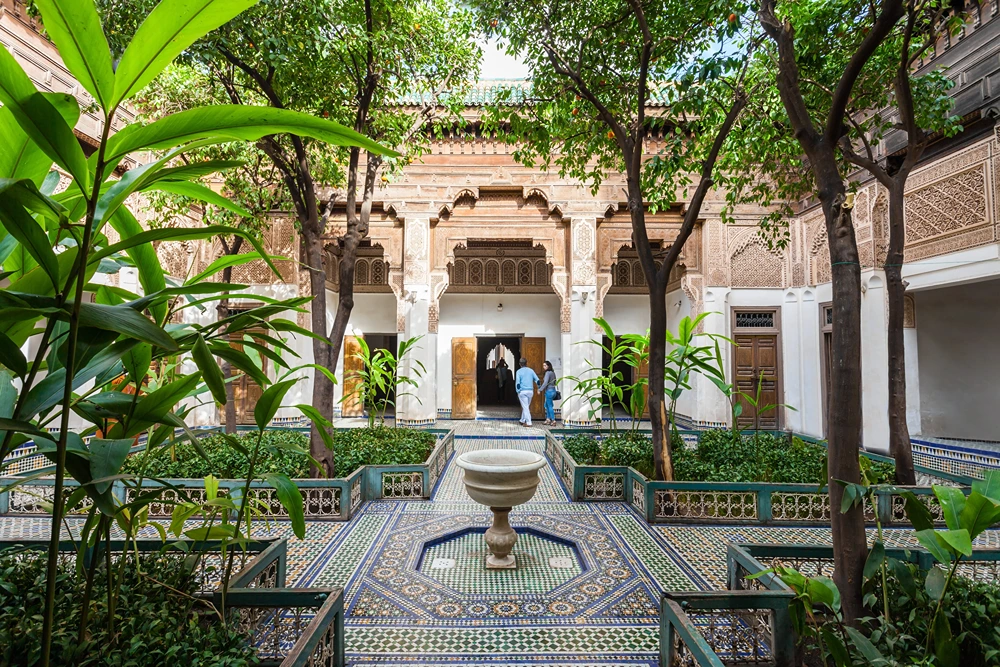
Bahia Palace is a prime example of Moroccan architecture, showcasing a blend of intricate designs, superior craftsmanship, and artistic innovation. Every corner of the palace reflects the grandeur and opulence that Moroccan architecture is known for, making it a true architectural gem.
Painted Cedarwood Ceilings
The painted cedarwood ceilings at Bahia Palace are a testament to the craftsmanship of Moroccan artisans. The ceilings feature intricate patterns and designs, meticulously painted in vibrant colors. These ceilings not only add to the aesthetic appeal of the rooms but also demonstrate the high level of detail that went into the palace’s construction. The use of cedarwood, known for its durability and pleasant aroma, further enhances the luxurious feel of the palace.
Sculpted Stucco and Zellij
Sculpted stucco and Zellij are prominent features throughout Bahia Palace. The stucco work includes intricate geometric patterns and arabesques, often painted or gilded to add depth and dimension. Zellij, a form of terra-cotta tilework covered with enamel in the form of geometrical mosaics, is used extensively on walls, floors, and fountains. These elements are not only decorative but also serve to showcase the mathematical precision and artistic skill of Moroccan artisans.
Courtyards and Gardens
The courtyards and gardens of Bahia Palace are designed with a symmetrical four-part division, creating a harmonious and tranquil environment. The palace boasts multiple inner courtyards, each featuring marble-tile flooring, lush greenery, and water features. One of the most striking areas is the large marble courtyard of the Harem, centered around a basin. These courtyards and gardens provide a peaceful retreat and are integral to the palace’s overall design, reflecting the importance of nature and water in Moroccan culture.
| Feature | Description |
| Painted Cedarwood Ceilings | Intricate patterns and designs painted on durable cedarwood, adding aesthetic and aromatic value. |
| Sculpted Stucco and Zellij | Geometric patterns and arabesques in stucco and Zellij, showcasing artistic and mathematical precision. |
| Courtyards and Gardens | Symmetrical four-part division with marble-tile flooring, greenery, and water features, creating a tranquil environment. |
| Marble Courtyard of the Harem | Large courtyard centered around a basin, exemplifying the opulence and design focus of the palace. |
Visitor Information for Bahia Palace
The entrance fee for Bahia Palace is 70 dirhams (€6.50). The palace is open daily from 9 a.m. to 5 p.m., allowing visitors ample time to explore its architectural wonders. Note that the palace may close during royal visits or special events, and the entrance fee is subject to change.
- Arrive early to avoid crowds.
- Wear comfortable shoes for walking on marble and tiled floors.
- Bring water as there are limited refreshment options on-site.
- Photography is allowed, but flash photography is prohibited.
- Check for any special closures or events before your visit.
Bahia Palace is located 900 meters southeast of Jemaa el-Fnaa, making it easily accessible for tourists staying in central Marrakesh. The palace can be reached via Rue Riad Zitoun el Jdid, a well-known street in the Medina. This convenient location allows visitors to incorporate a trip to Bahia Palace into a broader exploration of Marrakesh’s historic sites.
Best Time to Visit Bahia Palace
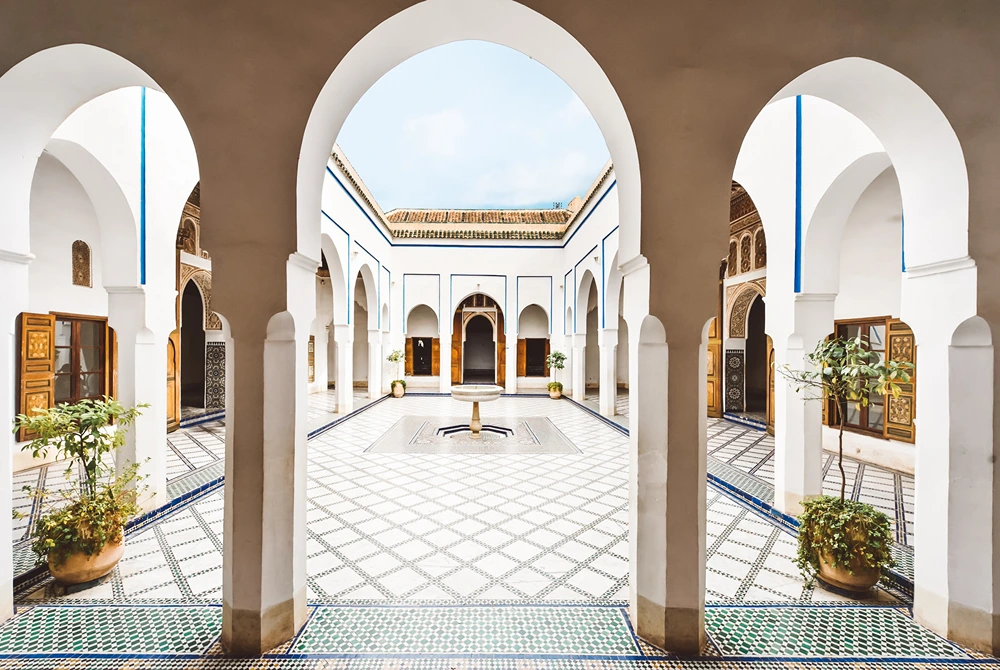
To experience Bahia Palace at its best, plan your visit early in the morning. This timing helps you avoid the large crowds that gather as the day progresses. The months from October to April are particularly favorable, offering pleasant weather for exploring the palace’s intricate architecture and lush gardens.
- Visit early in the morning to avoid crowds.
- Best months are from October to April for pleasant weather.
- Avoid weekends and holidays for a quieter experience.
- Check local events and royal visit schedules to prevent unexpected closures.
For a more serene experience, steer clear of weekends and holidays when the palace tends to be busier. This approach allows for a more relaxed exploration of the palace’s numerous courtyards and intricate designs.
Guided Tours and Experiences at Bahia Palace
Guided tours at Bahia Palace are highly recommended due to the palace’s largely empty rooms and limited English information available on-site. Many visitors find that a guided tour significantly enhances their experience by providing detailed historical and architectural insights that are otherwise difficult to obtain. These tours help bring the palace’s rich history to life, offering context about its construction, expansions, and the people who lived there.
- Book online: Many websites offer the option to book guided tours in advance, ensuring availability.
- Local agencies: Numerous tour agencies in Marrakesh provide guided tours of Bahia Palace, often as part of broader city tours.
- Benefits: Guided tours offer in-depth information, historical context, and a more enriched visiting experience.
For those seeking a more personalized experience, hiring a local guide can be an excellent option. Local guides are often well-versed in the palace’s history and can tailor the tour to your specific interests. This personalized approach allows for a deeper understanding of the palace’s intricate designs, cultural significance, and the stories behind each room and courtyard.
Nearby Attractions and Things to Do Around Bahia Palace
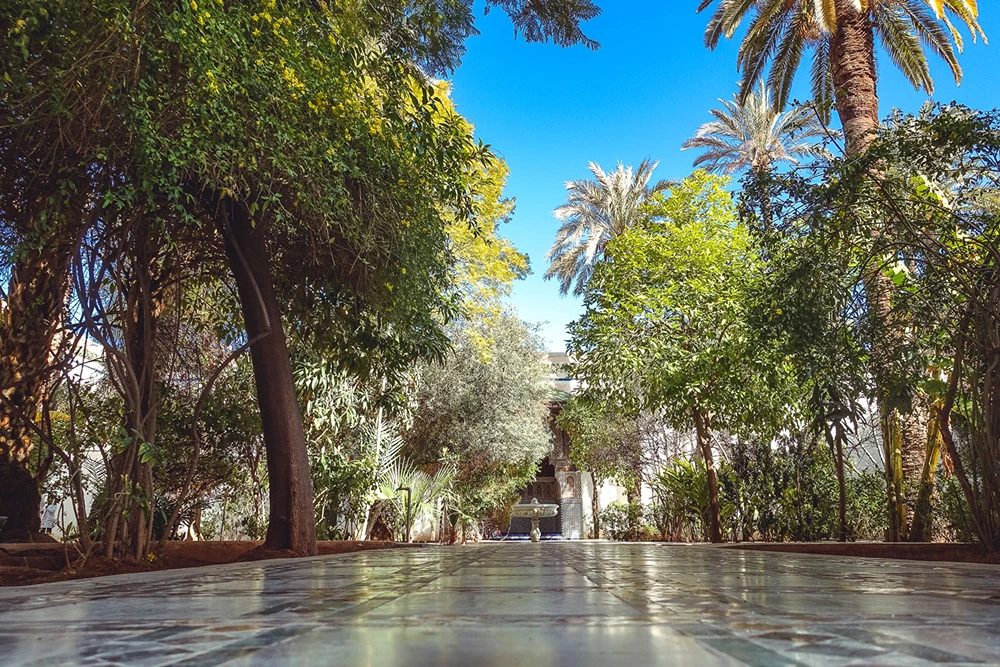
Bahia Palace is surrounded by numerous attractions that offer a rich cultural experience in Marrakesh. Key sites such as Dar Si Said, El Badi Palace, Saadian Tombs, and Jemaa el-Fnaa are all within walking distance, making it easy for visitors to explore multiple locations in one trip.
- Dar Si Said: 248 meters away, known for its collection of Moroccan artifacts and traditional arts.
- El Badi Palace: 480 meters away, renowned for its impressive ruins and historical significance.
- Saadian Tombs: 766 meters away, famous for their intricate design and historical importance.
- Jemaa el-Fnaa: 828 meters away, a bustling square offering a vibrant atmosphere with food, entertainment, and shopping.
Marrakesh is also home to other notable attractions such as the souks, where visitors can immerse themselves in the local market culture, the Koutoubia Mosque, known for its stunning architecture, and the Majorelle Garden, a beautifully landscaped garden offering a peaceful retreat. These sites are all easily accessible from Bahia Palace.
The proximity of these attractions to Bahia Palace makes it convenient for a comprehensive day trip. Visitors can start their day at the palace and then walk to nearby sites, ensuring they experience a variety of cultural and historical landmarks without the hassle of long commutes. This convenience allows for a more enjoyable and efficient exploration of Marrakesh’s rich heritage.
Visitor Reviews and Personal Experiences at Bahia Palace
Visitor reviews of Bahia Palace frequently highlight the palace’s stunning architecture and tranquil atmosphere. Many guests are captivated by the intricate designs, detailed craftsmanship, and the serene courtyards that provide a peaceful retreat from the bustling city of Marrakesh. Despite the lack of furnishings in many rooms, most visitors agree that the palace is a must-see, offering a glimpse into Morocco’s rich architectural heritage.
- Common Praises:
- Beautiful and intricate architectural designs
- Serene and peaceful courtyards
- Well-maintained gardens
- Common Criticisms:
- Lack of furnishings in the rooms
- Limited informational signage in English
- Can be crowded during peak hours
Personal travel blogs often emphasize the beauty of Bahia Palace’s gardens and courtyards. Bloggers typically appreciate the lush greenery and the tranquil environment, noting that these spaces are perfect for a leisurely stroll or for capturing stunning photographs. These personal accounts provide valuable insights, encouraging future visitors to take their time exploring and to appreciate the finer details that make Bahia Palace a true architectural gem.
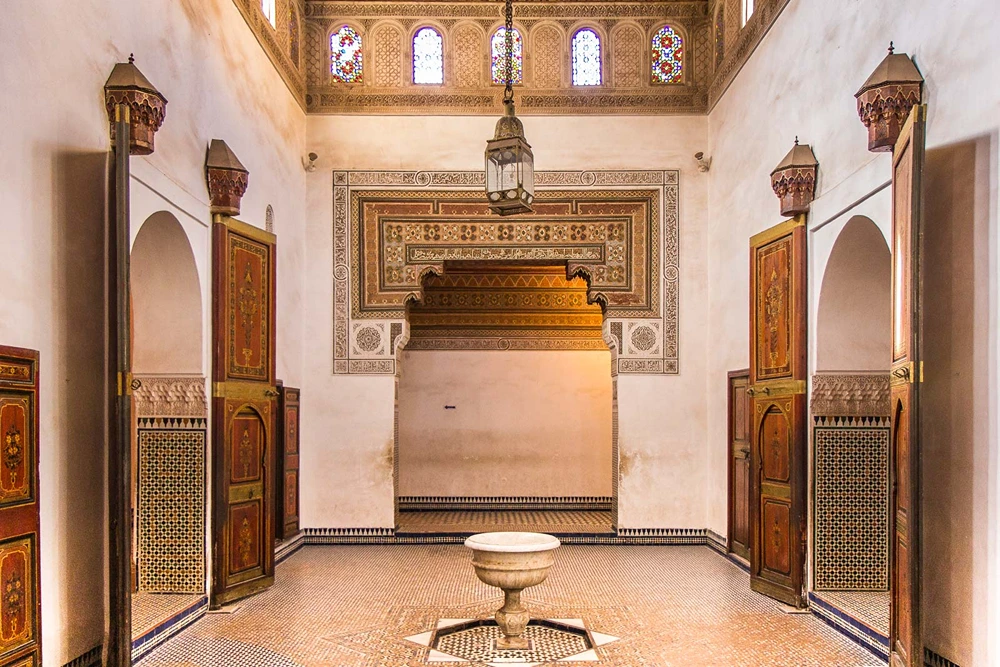
Final Words
Bahia Palace, built in the 19th century, remains a testament to Moroccan architecture and history.
From intricate painted cedarwood ceilings to stunning courtyards filled with gardens, the craftsmanship is unparalleled.
Visitors can explore these features with a guided tour, enhancing their understanding of the palace’s rich legacy.
Whether it’s the historical significance, architectural beauty, or serene gardens, Bahia Palace in Marrakech offers an unforgettable experience.
Planning your visit thoughtfully ensures you capture the brilliance of this Moroccan gem.
FAQ
Why is the Bahia Palace famous?
The Bahia Palace is famous for its stunning Moroccan architecture, intricate designs, and historical significance. Constructed in the 19th century, it showcases exquisite craftsmanship and has become one of Marrakesh’s top tourist attractions.
Is Bahia Palace worth it?
Yes, Bahia Palace is worth visiting for its beautiful architecture, intricate designs, serene gardens, and historical importance. Many visitors consider it a must-see in Marrakesh.
Is there a dress code for Bahia Palace?
Bahia Palace does not have a strict dress code. However, it is recommended to dress modestly out of respect for the cultural and historical significance of the site.
Can you enter Bahia Palace?
Yes, visitors can enter Bahia Palace. The entrance fee is 70 dirhams (€6.50), and it is open daily from 9 a.m. to 5 p.m. The palace may close during royal visits or events.
What is the history of Bahia Palace?
Bahia Palace was constructed in the 19th century by architect El Mekki for Si Moussa, the chamberlain of Sultan Hassan I. It was expanded by his son, Ahmed Ben Musa (Ba Hmed), who named it after his favorite wife. After Ba Hmed’s death in 1900, the palace became royal property and was later transferred to the Moroccan Ministry of Culture. It is known for its Moroccan-style architecture and intricate designs.
Top Attractions
Imagine walking through a gateway to a bygone era, where…
Why would an ancient civilization dedicate 180 years to…
Why did the ancient Egyptians choose a secluded desert…


